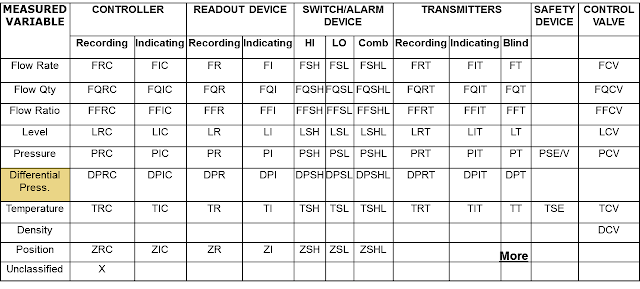"The only certainty in life is death; uncertainty lies in when and how death occurs…… Man strives to delay its onset and extend the quality of life in the interim. Threats to these objectives involve risks, some natural, some man-made, some beyond our control and some controllable".
----- William Rowe
What Is an Accident?
An unplanned, unwanted, but controllable event which disrupts the work process and causes injury to people.Most everyone would agree that an accident is unplanned and unwanted. The idea that an accident is controllable might be a new concept.
An accident stops the normal course of events and causes property damage or personal injury, minor or serious, and occasionally results in a fatality.
By dictionary definition: “an unforeseen event”, “chance”, “unexpected happening”, formerly “Act of God”
From experience and analysis: they are “caused occurrences”
Predictable - the logical outcome of hazards
Preventable and avoidable - hazards do not have to exist. They are caused by things people do -- or fail to do.
Hazard: It is a condition with the potential of causing injury to personnel, damage to equipment or structures, loss of material, occupational illness / disease, environmental pollution / damage etc. In short, hazards are capable of producing adverse effect on Safety, Health and Environment.
RISK: It is the probability of an event-occurring and the consequences if it occurs. It may be indicated by the probability of accidents, loss of lives and the damage of any operating unit.
Incident: An event or chain of events which could have caused injury, illness and/or damage (loss) to assets, the environment or third parties.
Dangerous occurrence: A dangerous occurrence can be defined as, “any incident that has a high potential to cause death or serious injury”.
Near-miss” incident: A “near-miss” incident can be defined as, “any event, which under slightly different circumstances, may have resulted in injury or ill health of people, or damage or loss to property, plant, materials or the environment or a loss of business opportunity.
Example:A window cleaner dropping a bucket from a height, which just missed a person standing underneath, would be classed as a “near-miss” incident. This incident did not cause an injury to a person but, under slightly different circumstances (the person standing nearer to the contact point) the person may have been injured.
Accident: An unintended and unplanned occurrence involving injury / loss of human life, damage to properties, loss of productivity etc. Accident is associated with number of losses-
- Loss of human life.
- Loss of plant, machinery and other properties
- Loss of production time
- Loss of confidence due to fear psychosis and panicky
- Loss due to compensation costs
- Loss of market goodwill
Causes of Accident:


















